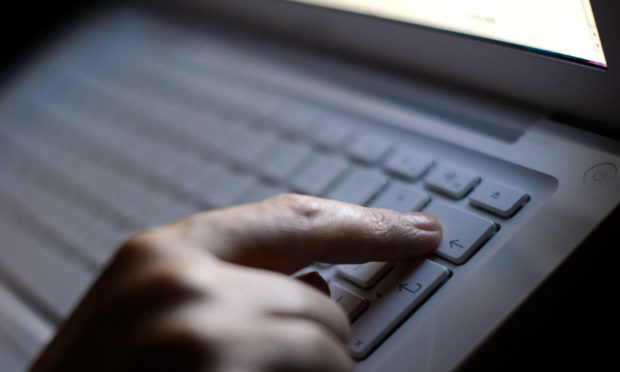Youngsters aged 11-13 accounted for nearly half of all child abuse images flagged by the UK organisation responsible for identifying and removing such content from the internet last year, an annual report has shown.
Figures published by the Internet Watch Foundation (IWF) also showed hundreds of babies were subjected to the worst abuse, while girls featured far more often than boys.
Almost a third (29%) of web pages taken down by the IWF contained self-generated imagery – content created using webcams and shared online, often after children have been groomed.
The IWF flagged 130,915 images to be removed from the internet last year, up from 103,529 in 2018, and significantly higher than the 76,939 in 2017.
The vast majority of those images were hosted in the Netherlands where digital freedoms are much greater than in the UK.
Susie Hargreaves, IWF chief executive, told the PA news agency: “The key issue for us in this year’s annual report is not just that numbers have gone up across the board, but that nine out of 10 URLs are in Europe, the majority of it in the Netherlands.
“If we could just address that by all working together we would have an immediate impact on the amount of child sex abuse available in the world.”
Of last year’s images, 63,533 (48%) were found to contain children in the 11-13 age group, while 45,744 were in the 7-10 age category.
Some 1,609 images featured babies and toddlers aged 0-2, with the vast majority of those (71%) being deemed category A – the most serious definition.
Similarly, there were more category A images among the 3-6 age group (6,218 images, or 41% of the total for that age range) than any other.
Overall, around one in five of the total images (27,005) across all age ranges was deemed to be in category A, depicting rape or sexual torture, up from 23,879 the previous year.
The data also showed that 92% of all images featured girls, with a further 3% containing boys and girls.
Of the self-generated content, three in every four (76%) showed a girl aged 11 to 13 – something the IWF said was at risk of increasing during lockdowns where children are likely to be spending more time in their bedrooms on computers.
Ms Hargreaves said: “It’s a massive issue and one we have been raising awareness of, particularly during coronavirus.”
The figures also showed that nine out of 10 images analysed in 2019 were hosted in Europe (89%) with 71% of the images around the world hosted in the Netherlands, followed by Slovakia (6%) and the US (5%).
Fewer than 1% of images were hosted in the UK.
Ms Hargreaves said: “If every country stood up to it like we did in the UK, it would have nowhere for it to go.”


